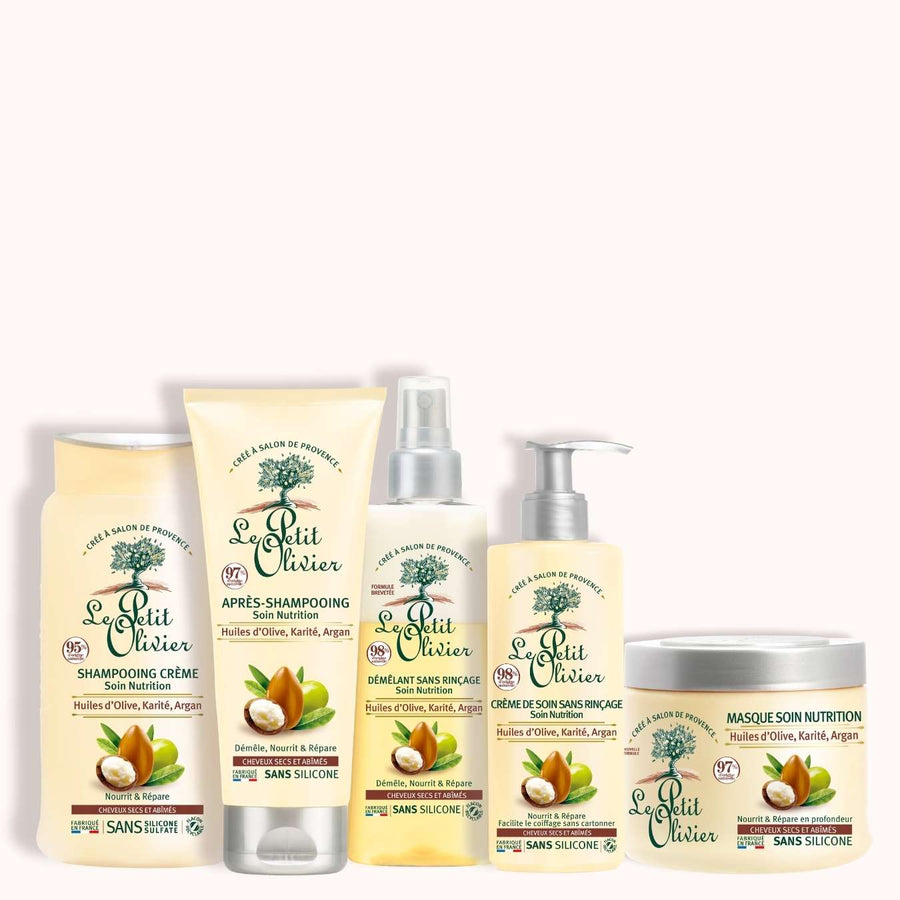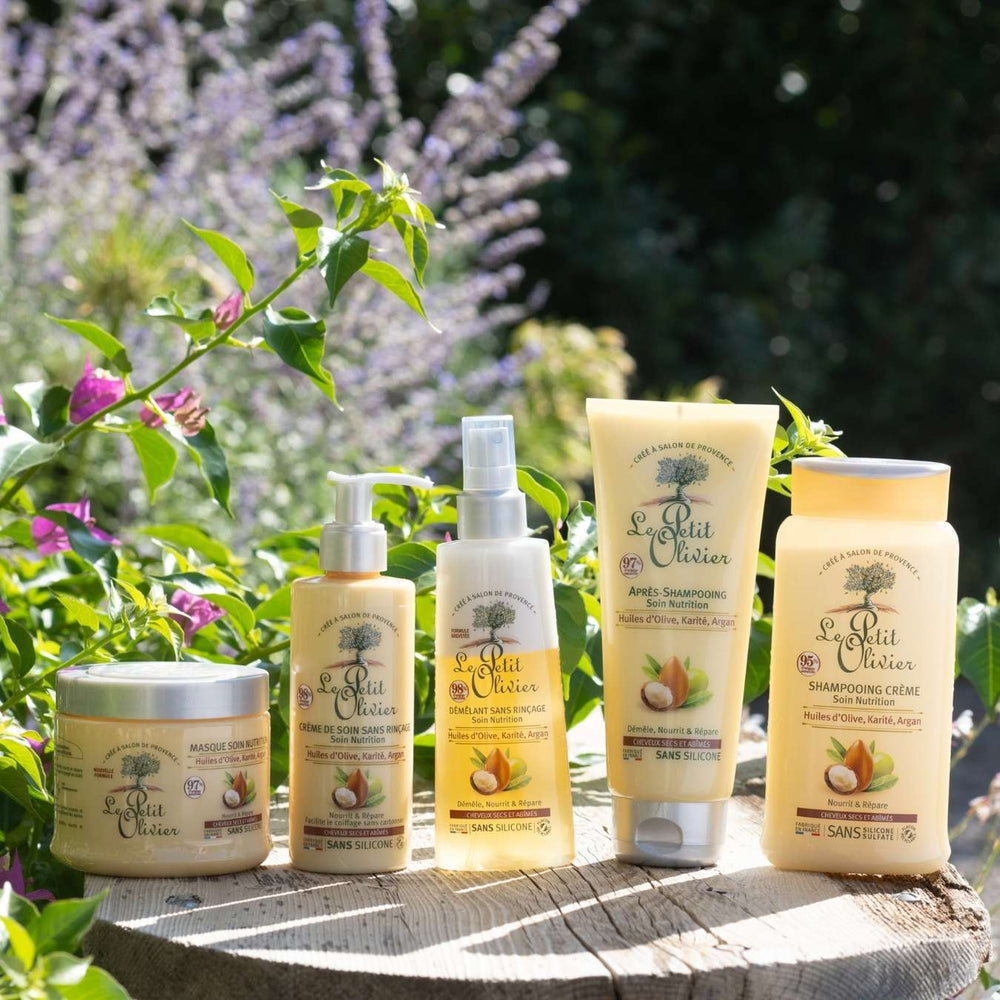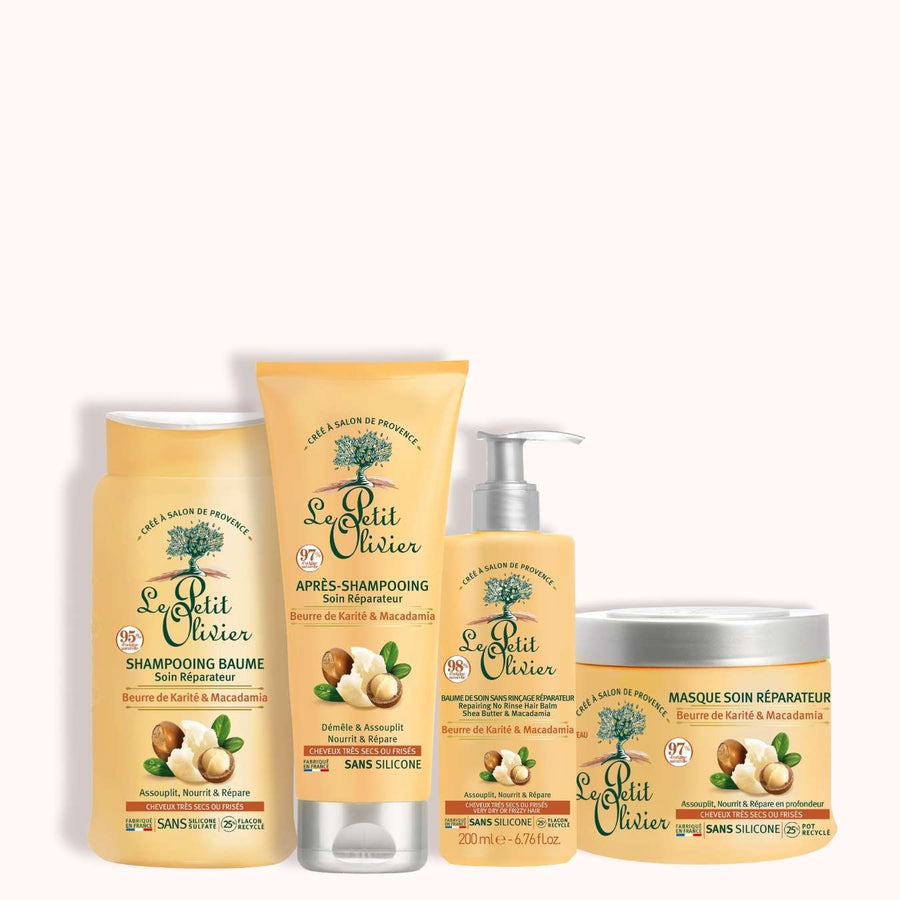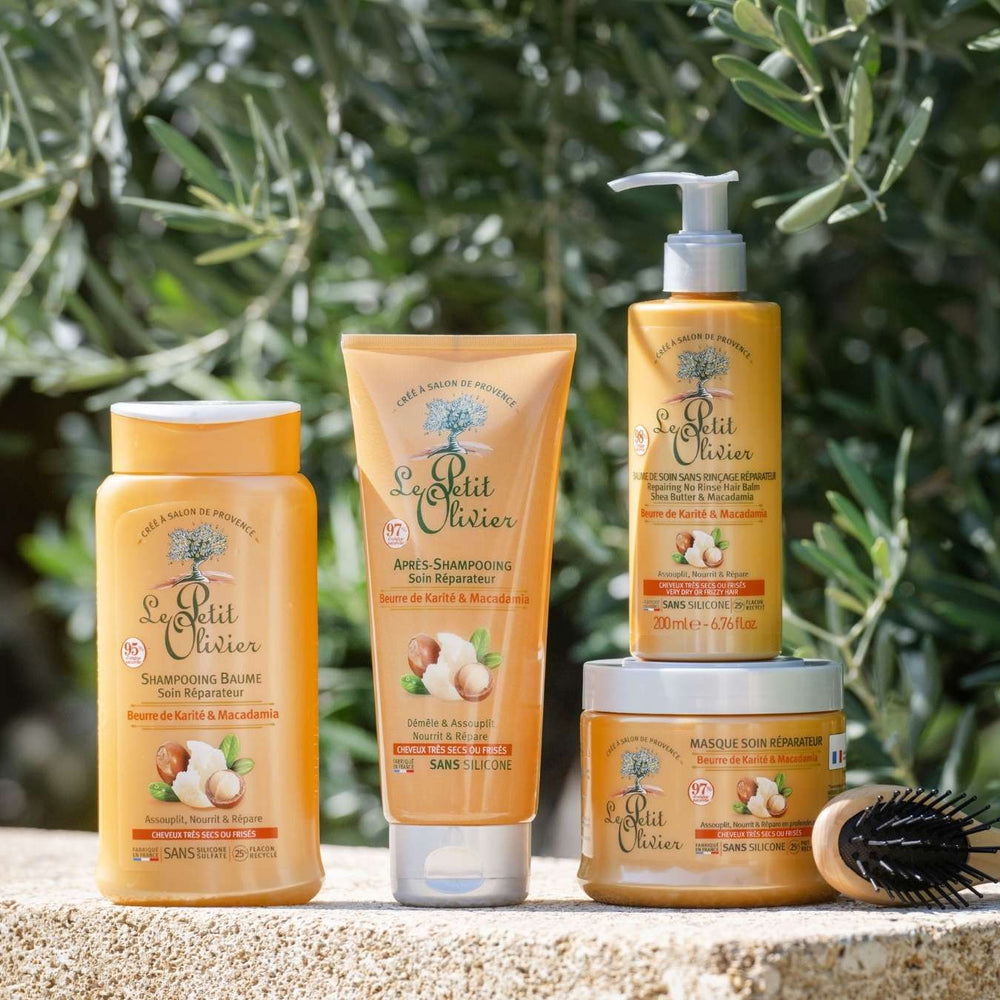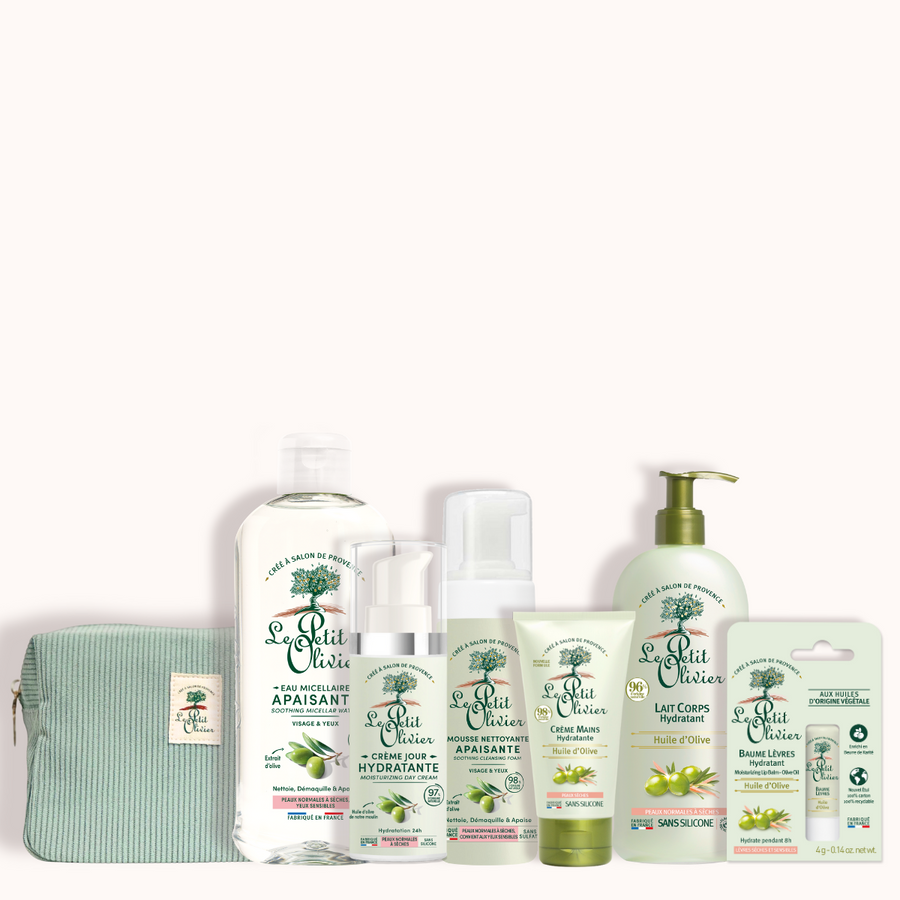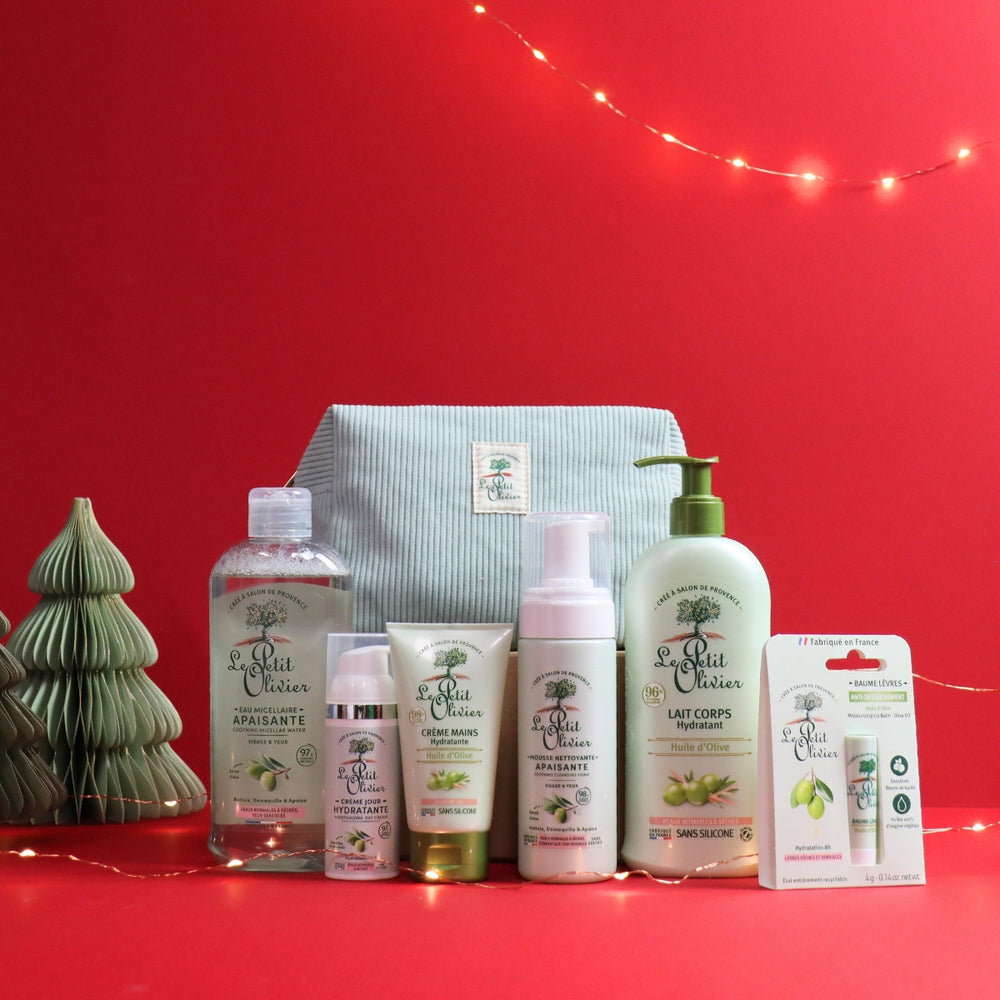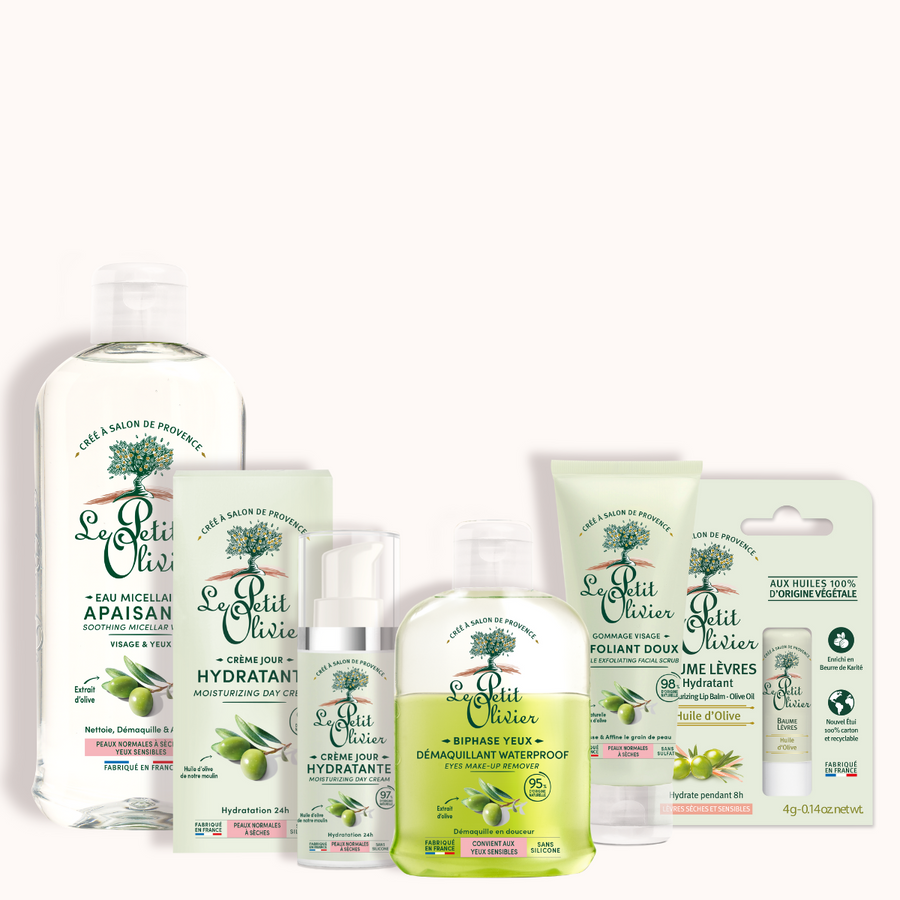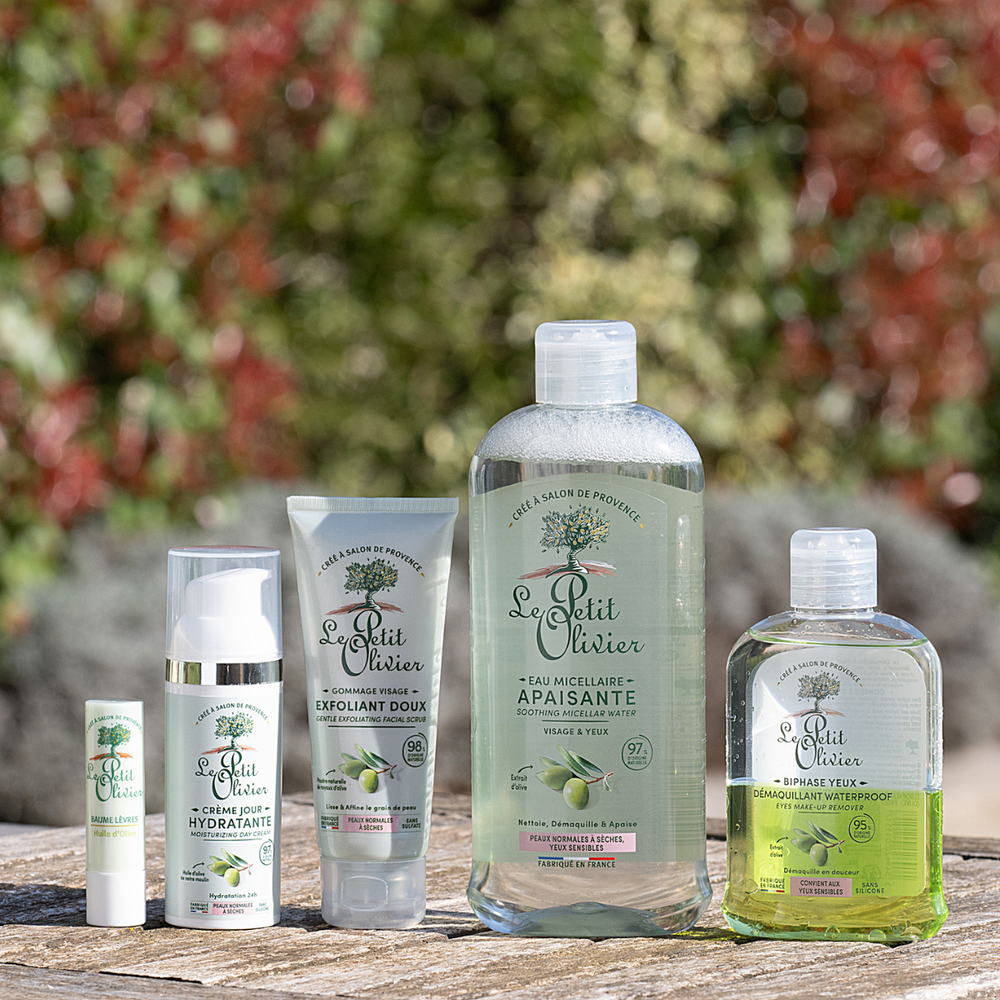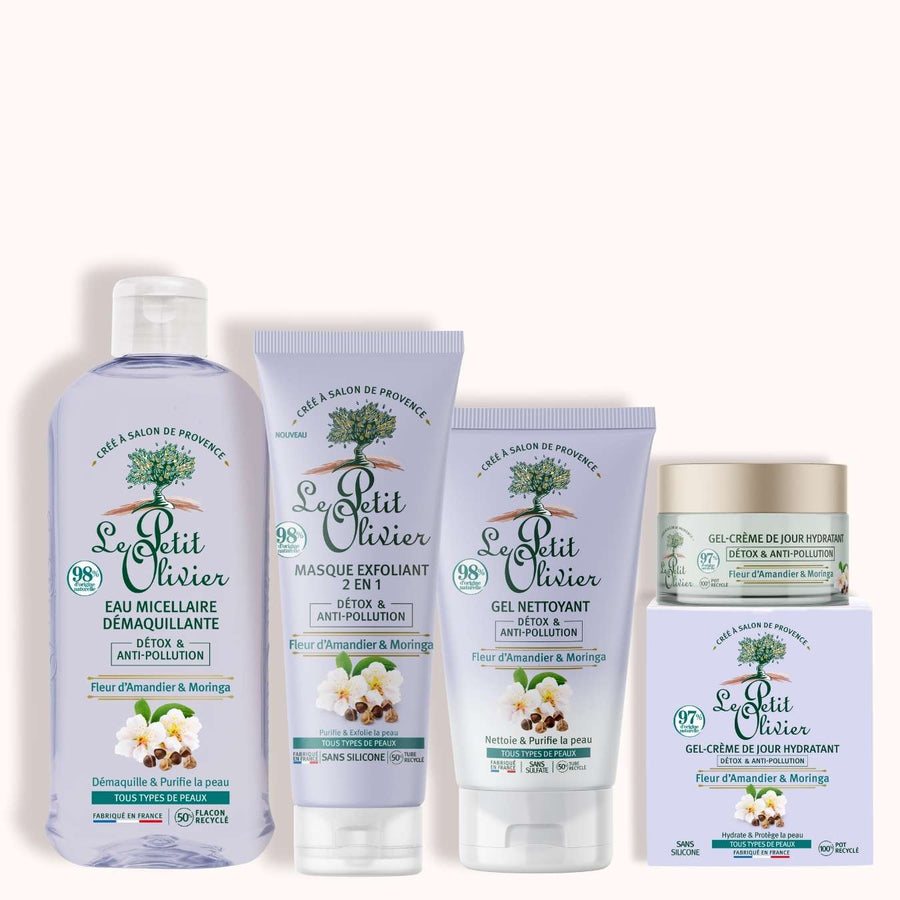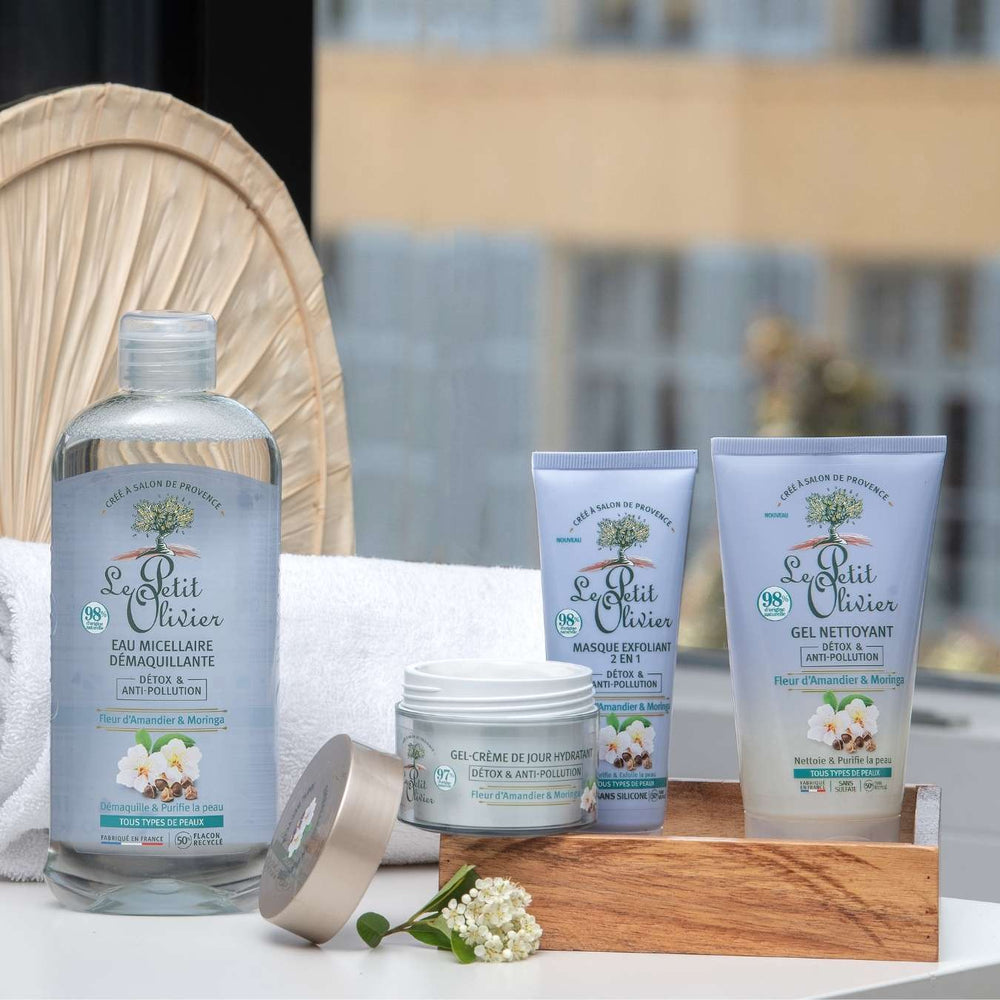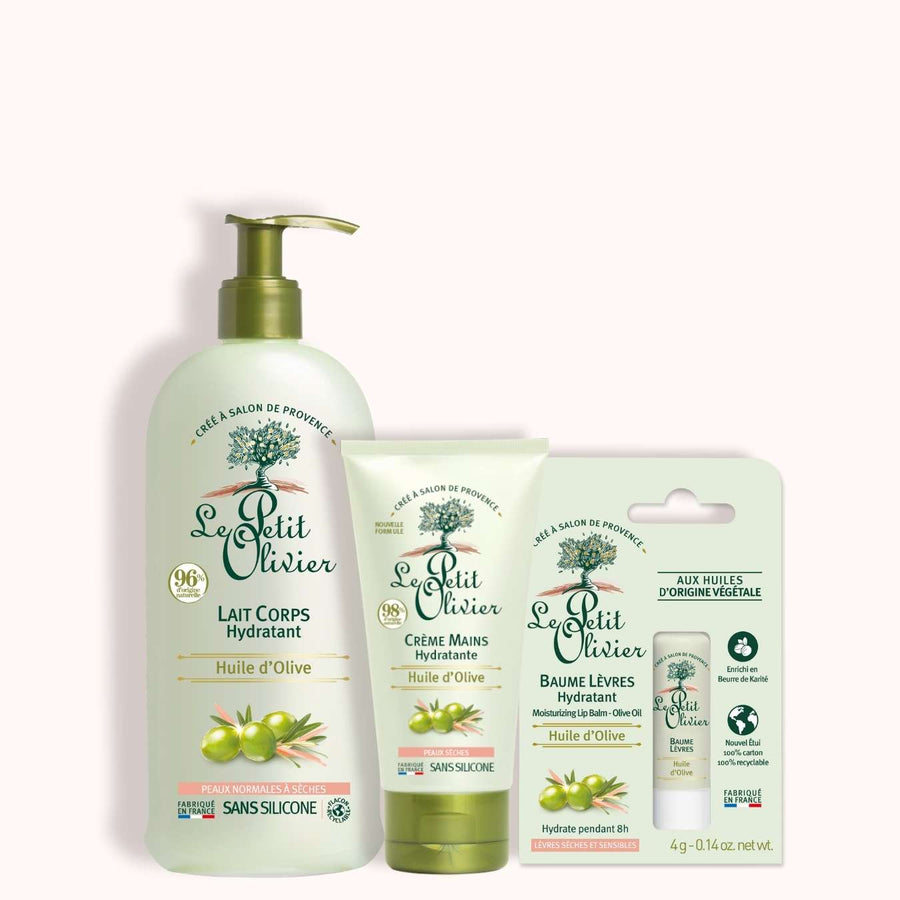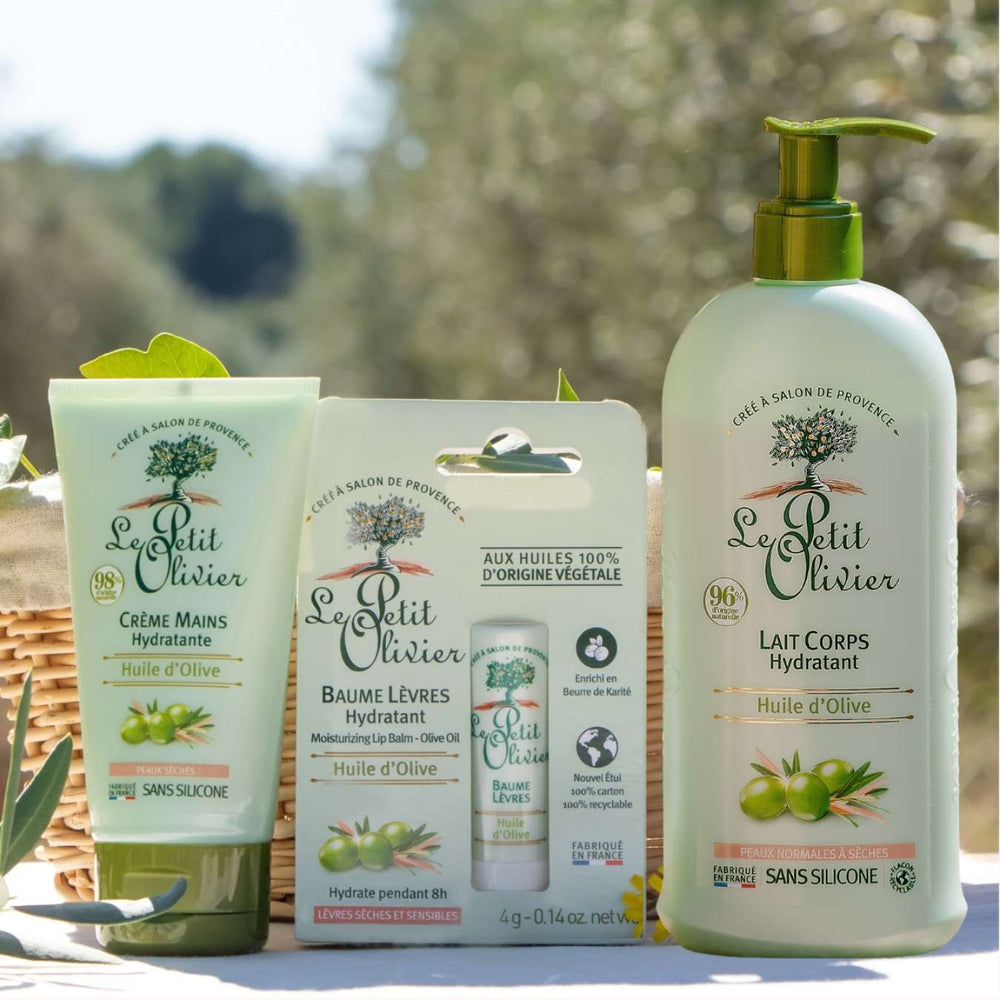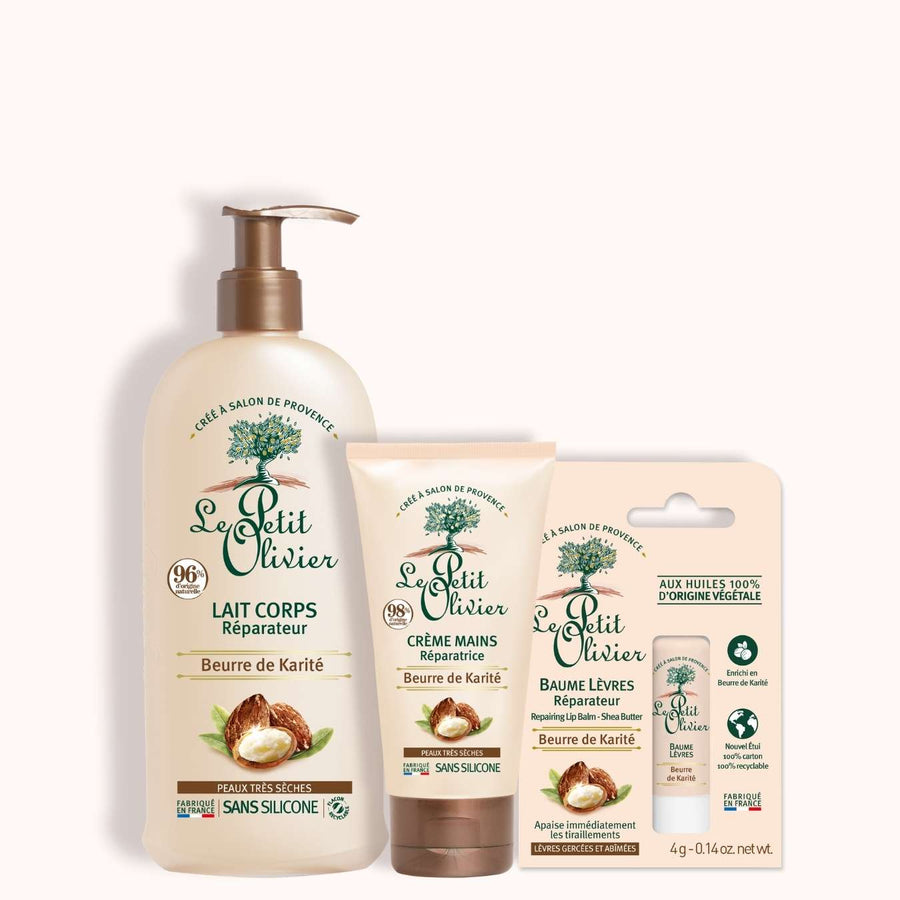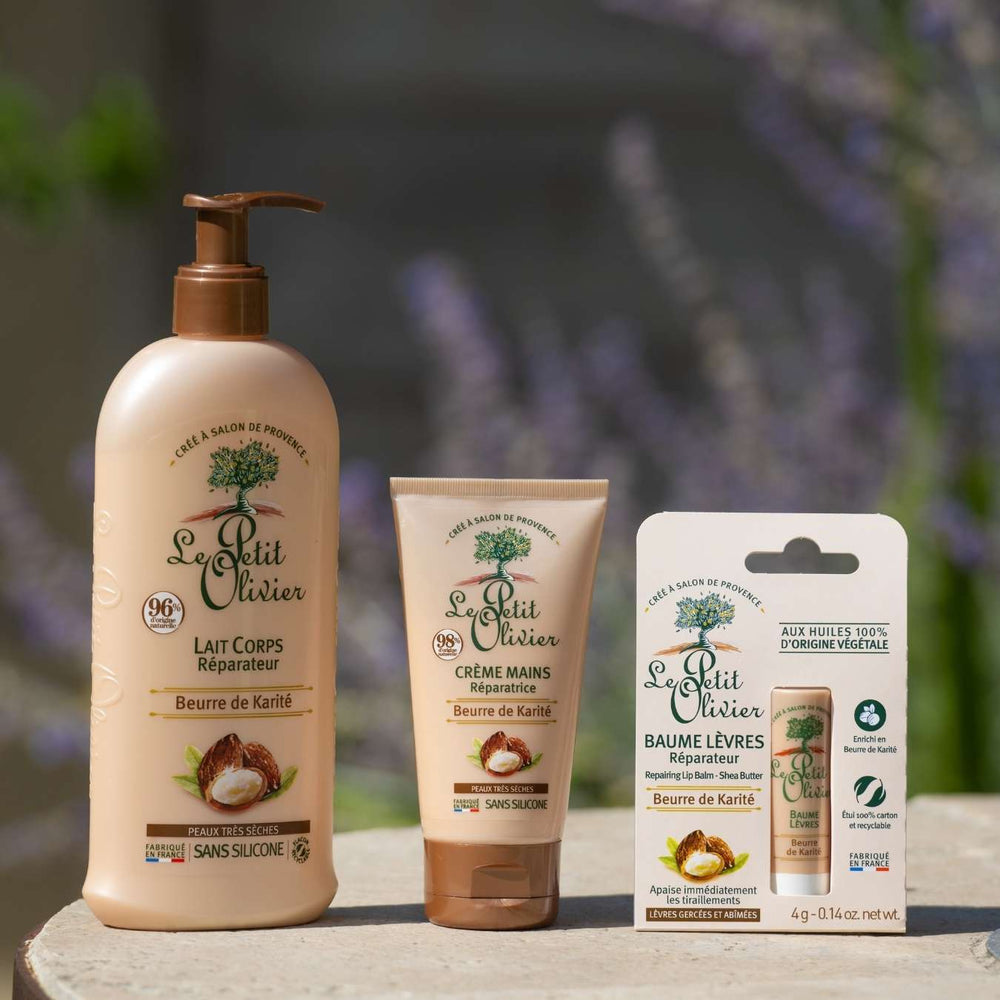Is it necessary to alternate between different shampoos?
When it comes to hair care, the question of alternating between different shampoos is often the subject of debate. Is it really necessary to preserve the beauty and integrity of your hair? To answer this question, it's essential to look at the composition of shampoos, and in particular at common active ingredients such as sulfates and parabens, which can have a significant impact on your hair.
Alternation can offer certain advantages, such as preventing residue build-up or responding to your hair's changing needs. However, it is not without potential drawbacks, such as the risk of scalp irritation or the complexity of choosing the right product. This guide will take you through this process, addressing the specifics of each hair type and suggesting a suitable frequency for establishing an effective hair routine. Find out how to maximize the effects of your shampoo.
Understanding the composition of shampoos
The impact of sulfates and parabens on hair
The use of sulfates in shampoos has long been the subject of debate. Although effective in removing dirt and sebum, these agents can sometimes irritate a sensitive scalp or lead to overproduction of sebum in reaction to their detergent effect. By choosing a shampoo without harsh sulfates, you can preserve the natural balance of your scalp.
On the other hand, parabens are mainly used as preservatives to prolong product life. However, their presence raises concerns about their potential impact on the skin. Some studies have questioned their total harmlessness, even though their concentrations are strictly regulated in the cosmetics industry.
Opting for products free from these controversial ingredients can be a wise choice if you want to minimize the risk of irritation, or take a more natural approach to your hair care.
The benefits of alternating between different shampoos
Prevent residue build-up
Repeated use of a single type of shampoo can sometimes lead to an insidious build-up of residue on your hair. These deposits, often invisible to the naked eye, can dull your hair and rob it of its natural lightness. By alternating shampoos, you allow your scalp and strands to breathe and renew themselves.

Responding to hair's changing needs
Your hair, like you, goes through different phases influenced by the climate, your diet or even your emotional state. So it's crucial to adapt your hair care to your mane's fluctuating needs. For example, during the winter months, when dry air predominates, a moisturizing shampoo can provide the necessary comfort for thirsty locks. Conversely, in summer, when heat and humidity reign supreme, a lightweight product might be appropriate to avoid unwanted weighing down. This flexibility in the choice of shampoos ensures that each wash becomes a precise response to your hair's current requirements.
Potential disadvantages of alternating shampoos
Risk of scalp irritation
Changing shampoos frequently can expose your scalp to a variety of active ingredients which, while individually beneficial, can cause adverse reactions when combined without care. Some products may contain powerful cleansing agents which, if used in excess or alternately with other harsh formulas, can irritate the sensitive skin of the scalp. This can result in persistent itching or an unpleasant pulling sensation after washing.
Complexity of choosing the right shampoo for every need
The world of hair care is full of such varied options that it can be difficult to navigate through them to determine which products really meet your specific expectations. The multiplication of choices can lead to confusion as to the real effectiveness of the different shampoos available on the market. For example, opting for a product designed to add volume while simultaneously seeking to intensely nourish the hair could seem paradoxical and lead to unnecessary overload. So it's vital to understand your hair's real needs in order to avoid this complexity and maximize the expected benefits without compromising on quality.

Hair types and alternating shampoos
Dry hair and the importance of moisturizing
Dry hair, often characterized by its rough texture and lack of suppleness, requires special attention. Its fragility lies in its inability to retain moisture, making it brittle and dull. For these hair types, it's crucial to incorporate shampoos rich in moisturizing active ingredients into your hair routine. These products help restore natural softness and strengthen the hair fiber.
Alternating between different shampoos can be beneficial here, as it allows you to vary the beneficial contributions provided by each formula. For example:
- a moisturizing shampoo to provide a generous dose of moisture;
- a repairing shampoo to strengthen hair structure.
That said, be careful not to overload your hair with too many different products in a short space of time, as this could have the opposite effect and worsen dryness.
Oily hair and the need to control sebum
Unlike dry hair, oily hair suffers from excessive sebum production, which weighs hair down and gives it an oily appearance. This phenomenon is often the result of a disorder of the sebaceous glands, making it essential to choose the right hair care products. Alternating between different types of shampoo can help regulate this production without over-drying the scalp.
Remember to include :
- a purifying shampoo to effectively eliminate excess sebum;
- a balancing shampoo that maintains a healthy scalp without provoking an excessive compensatory reaction.
However, use moderation: changing too frequently or using overly aggressive formulas could irritate your sensitive scalp, exacerbating the problem rather than solving it.
Recommended frequency for alternating shampoos
How to establish an effective hair routine
Establishing an effective hair routine requires a thorough understanding of the specific needs of your hair and scalp. A sensible approach is to integrate different types of shampoo in a thoughtful pattern. Start by determining the optimal washing frequency for your hair type. Oily hair may require more frequent cleansing, while dry hair may benefit from more frequent washing to preserve its natural moisture.
This alternation allows you to meet the varied needs of your hair while avoiding an overload of specific active ingredients.

Signs that alternation is necessary
Certain signs may indicate that it's time to adjust your hair routine by integrating different types of shampoo. Have you noticed that your hair seems dull despite regular care? Or perhaps you're experiencing increased scalp sensitivity? These symptoms could be the result of excessive product build-up or an inappropriate response to the active ingredients used.
Here are some signs to look out for:
- Persistent feeling of heaviness: do your strands lack lightness even after washing? This could signal an urgent need for a clarifying shampoo.
- Sudden itching or irritation: an itchy scalp may be a reaction to certain ingredients; alternating with a soothing product may bring comfort.
- Noticeable drop in usual volume: if your fine hair is losing its dynamism, opting for a volumizing shampoo at regular intervals could revitalize your style.
To optimize the benefits and avoid these inconveniences, it's essential to listen carefully to your hair and adjust your shampoo selection accordingly. At the end of the day, every hair deserves individual attention!
Special considerations for hair treatments
Shampoos for color-treated hair
Color-treated hair requires special care, as it can be weakened by chemical processes. To preserve the radiance and durability of your color, it's crucial to use a shampoo specially formulated for this type of hair. These shampoos often have an acidic pH that helps close the hair scales and fix the pigments at the heart of the hair fiber. Imagine your hair as a precious canvas: the right care will allow copper, mahogany or violet shades to shine intensely.
A good shampoo for color-treated hair should :
- Reveal shine: thanks to specific agents that enhance your shade.
- Protect against oxidation: by incorporating antioxidants that neutralize the harmful effects of free radicals.
- Gentle cleansing: with cationic polymers that respect the scalp's sensitivity while gently removing color residue.
Adapting your hair care products to the specific needs of your hair not only ensures its beauty, but also its lasting comfort. By choosing your shampoo wisely, you can give your color-treated hair or sensitive scalp all the attention it deserves.
We recommend these other pages:
